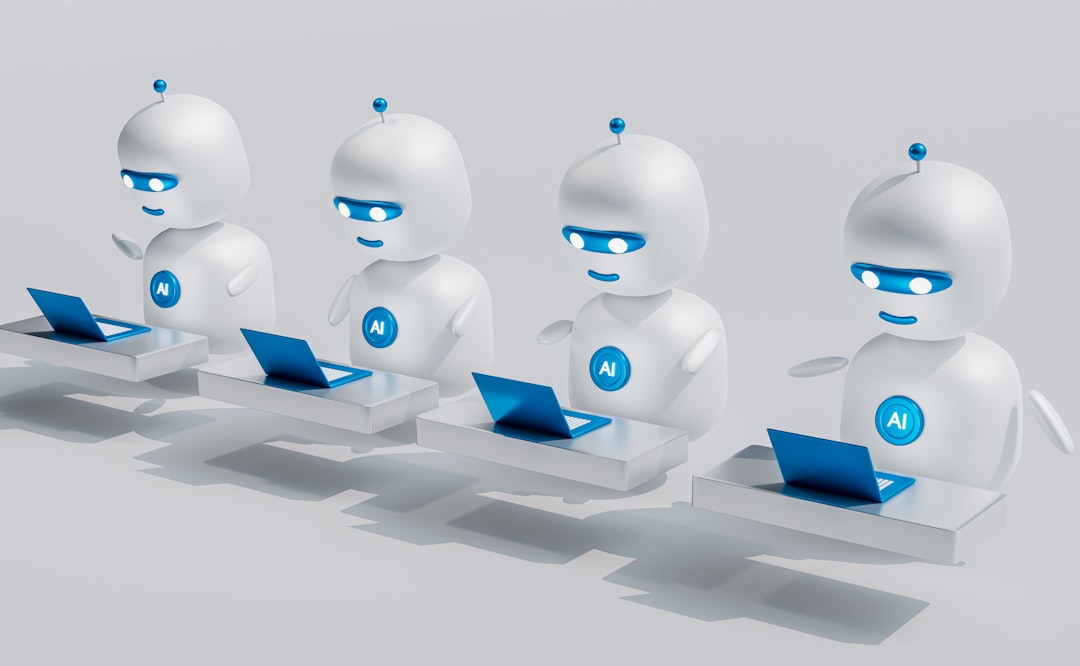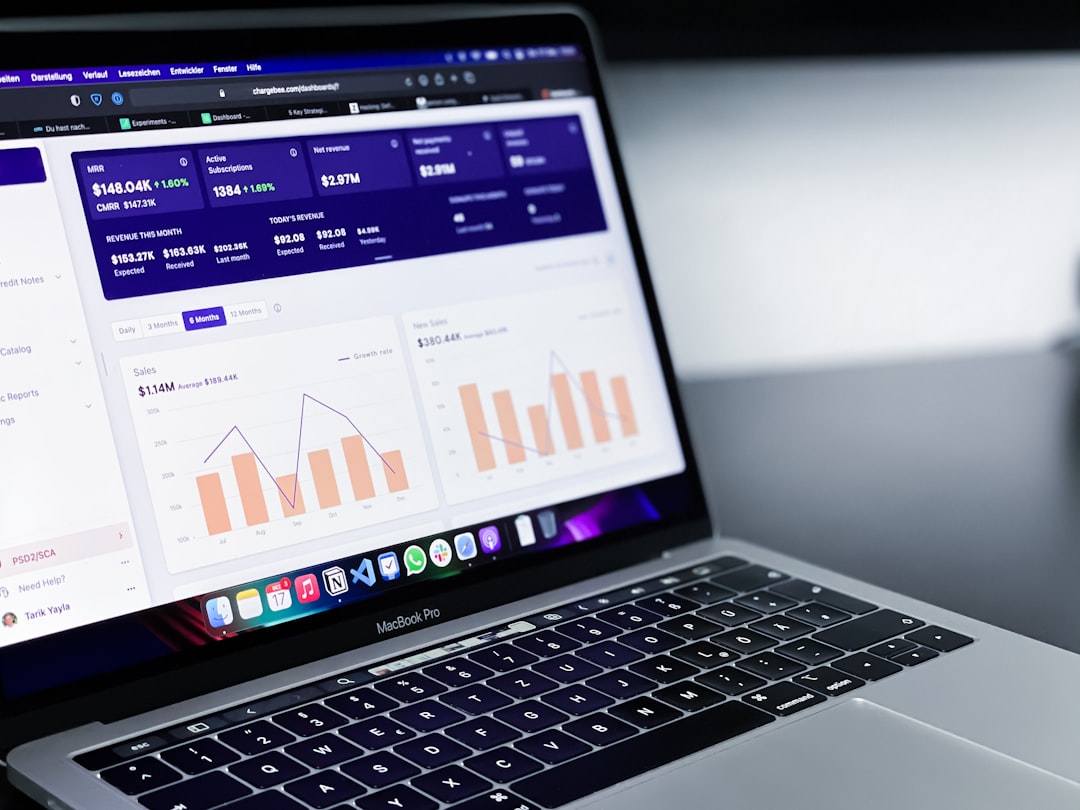The process of managing payroll is one of the most critical and complex functions in any organization. It involves meticulous record-keeping, accurate time tracking, and compliance with various regulations. However, with advancements in digital technology, attendance management software has emerged as a powerful tool to reduce the challenges associated with payroll processing. By automating attendance tracking and integrating seamlessly with payroll systems, this software makes the entire process significantly smoother and more efficient.
The Traditional Payroll Process: A Glimpse into the Challenges
Before the introduction of modern software solutions, payroll processing was often done manually or with basic spreadsheets. This system left room for numerous inefficiencies and errors. Some of the common challenges included:
- Manual Data Entry: Time-consuming and susceptible to human error.
- Time Theft or Buddy Punching: Employees punching in for absent colleagues.
- Compliance Risks: Errors in tax deductions or overtime calculations could lead to legal troubles.
- Delayed Payroll: Late submissions and inaccuracies often caused payroll delays, affecting employee satisfaction.
These issues not only consumed HR teams’ time but also reduced overall business productivity. Enter attendance management software—a game-changer for payroll processing.
What Is Attendance Management Software?
Attendance management software is a digital solution that records, stores, and analyzes employee attendance data. It automates the tracking of time in and time out, leave balances, absences, overtime, and shift schedules. Through features like biometric scans, mobile check-ins, and integration capabilities, it ensures accuracy and real-time data availability.
How Attendance Management Software Simplifies Payroll
The impact of attendance management software on payroll processing is substantial. Let’s explore some of the major ways it simplifies the system:
1. Eliminates Manual Entry and Reduces Errors
One of the standout benefits is the reduction of manual data input. The software automatically captures employee working hours and syncs with payroll systems. This eliminates the need for HR managers to manually calculate hours, leaves, or deductions, drastically reducing the risk of errors.
2. Real-Time Data Accessibility
With cloud-based attendance systems, payroll data is accessible in real time. HR personnel can view, edit, and monitor attendance records from any location. This is particularly useful for organizations with remote or hybrid work models, where flexibility and accurate time tracking are essential.
3. Automation of Complex Calculations
From calculating overtime pay to accounting for holiday bonuses, attendance software automates such complexities. It factors in company policies, local labor laws, and employee contracts to calculate earnings, deductions, and taxes with precision.
4. Improved Compliance and Reporting
Attendance software maintains detailed logs and audit trails of all entries. This is invaluable when demonstrating compliance with labor laws and government regulations. Furthermore, it can generate reports that help in internal audits, policy evaluation, and decision-making.
5. Seamless Integration with Payroll Systems
Most advanced attendance software platforms are designed to integrate smoothly with payroll systems, ERPs, and even accounting software. This integration ensures that accurate attendance data feeds directly into payroll calculations—avoiding duplication and saving time.
For example, if an employee works 10 hours of overtime, the system records it and passes this information directly to the payroll module. No need for manual updates or recalculation.

Use Cases Across Industries
Various industries benefit differently from attendance management systems, but the simplification of payroll processes is a common thread. Below are some industry-specific examples:
- Healthcare: Manages complex shifts and overtime pay with precision.
- Retail: Keeps track of part-time workers, seasonal employment, and fluctuating hours.
- Manufacturing: Tracks multiple shifts and employees spread across locations.
- IT Services: Monitors remote work hours and billable project time.
In each case, accurate attendance tracking leads to more reliable payroll calculations, ensuring employees are paid fairly and on time.
Features That Enhance Payroll Accuracy
Let’s break down specific features in attendance management software that directly contribute to simplifying payroll:
- Biometric Authentication: Prevents buddy punching and ensures accuracy in check-ins.
- Geo-Fencing: Allows employee check-ins only within predefined office locations—ideal for field workers.
- Leave Management: Automatically updates leave balances and deducts unpaid leaves where applicable.
- Shift Scheduling: Enables clear tracking of work hours across different shifts and departments.
- Custom Rules Engine: Applies specific payroll policies unique to the organization.
These tools not only standardize data collection but also support strategic planning and budgeting for the HR department.
Reducing Payroll Fraud
Payroll fraud can be a significant concern for businesses. Misreporting hours, duplicate entries, or tampering with attendance records can lead to serious financial loss. With digital tracking like facial recognition or biometric scans, the software ensures each clock-in and clock-out is legitimate. This transparency fosters trust while enhancing system integrity.
The Impact on HR and Finance Teams
Attendance management software not only simplifies payroll for HR departments but also aids finance teams in better forecasting and planning. Here are some positive outcomes:
- Time Saved: HR teams can process payroll faster, spending more time on strategic tasks.
- Increased Accuracy: Finance teams can rely on consistent data for budgeting and compliance.
- Employee Satisfaction: Timely, accurate paychecks lead to happier employees and lower attrition.
Scalability for Growing Businesses
As businesses scale, so does the complexity of managing time and payroll for a larger workforce. Manual methods may work for small teams but quickly become unmanageable. Attendance management systems scale effortlessly to accommodate growing employee numbers, varied shifts, and multi-location management. This makes them ideal for startups and expanding enterprises alike.
Key Considerations When Choosing a Software
If you’re considering implementing attendance software in your organization, here are critical factors to look for:
- Integration Capabilities: Ensure it works with your current payroll and HR software.
- User-Friendly Interface: Easy for employees and HR staff to navigate.
- Customization: Ability to define your organization’s rules and workflows.
- Mobile Access: Especially useful for remote and field employees.
- Security and Compliance: Data encryption, role-based access, and audit logs are a must.
Conclusion
In today’s fast-paced business world, accuracy, efficiency, and compliance are non-negotiable—especially when it comes to processing payroll. Attendance management software delivers on all these fronts, transforming what was once a time-consuming and error-prone task into a streamlined, automated process. By integrating attendance data directly with payroll systems, businesses can reduce administrative overhead, minimize risk, and ensure their employees are compensated fairly and on time.
Looking to upgrade your payroll processing? Implementing a reliable attendance management solution may be the smartest move your HR department makes this year.



